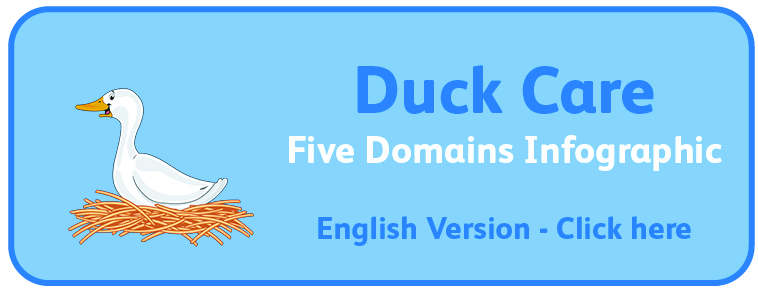
Ducks have been domesticated for at least 4000 years.
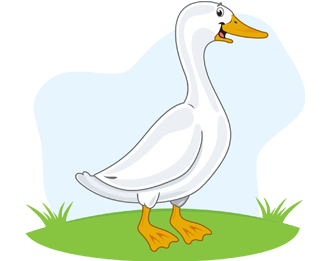
Some breeds of ducks are able to lay over 230 eggs a year.
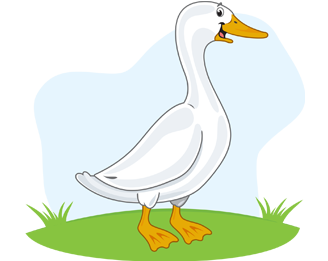
Ducks are classified as waterfowl – this means they have an innate need to be in and around water.
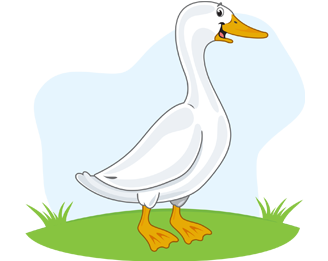
Ducks are very social animals and need the company of other ducks to be happy.
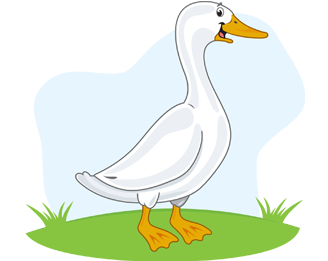
A male duck is called a drake.
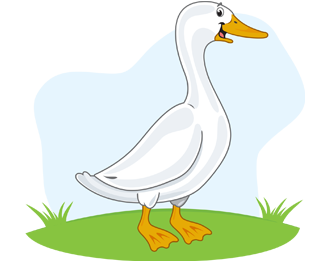
Ducks go to the toilet about every half hour.
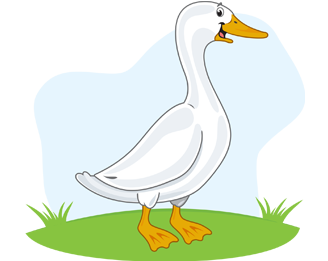
Ducks can see things in more detail and from a further distance than humans – they can even see a wider range of colours than we can!
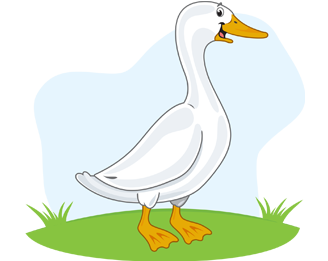
Ducks are capable of sleeping with one eye open.
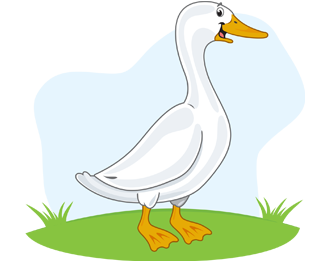
Ducks’ bills have nerve endings which allow them to search for food through touch.
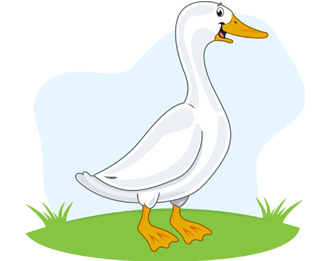
Ducks have approximately 400 taste buds, while humans have 9,000.

Ducklings imprint on their mothers which means they form an extremely strong bond that allows them to recognize, trust, and follow their mums.
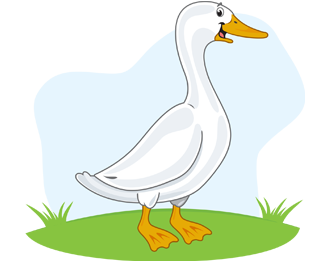
Not only are ducks’ eyes on the side of their heads to help keep them safe, but they’re able to move each eye independently.
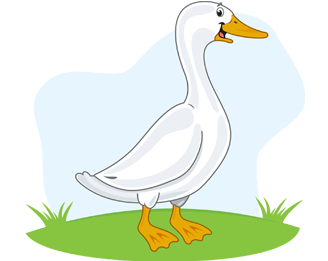
Ducks should never be fed bread.
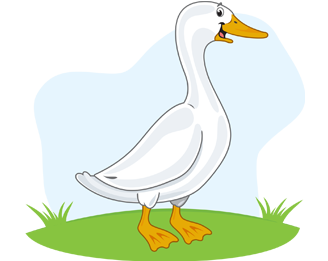
Male Muscovy ducks tend to puff and hiss as opposed to quacking.

Indian runner ducks get their name from their upright “running” posture.

It is a myth that duck quacks do not echo.
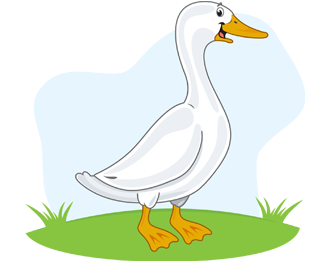
Ducks enjoy sleeping throughout the day and night, as well as being active in both the day and night.








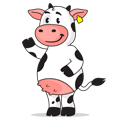

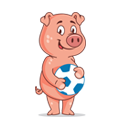


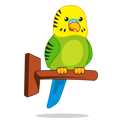
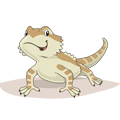
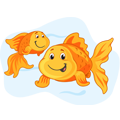
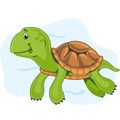
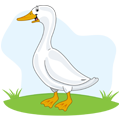

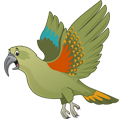
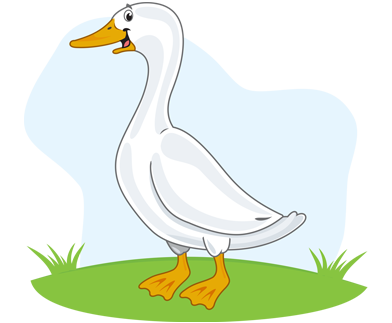
 Nutrition
Learn more
Nutrition
Learn more
 Environment
Learn more
Environment
Learn more
 Health
Learn more
Health
Learn more
 Behaviour
Learn more
Behaviour
Learn more
 Mental Wellbeing
Learn more
Mental Wellbeing
Learn more
